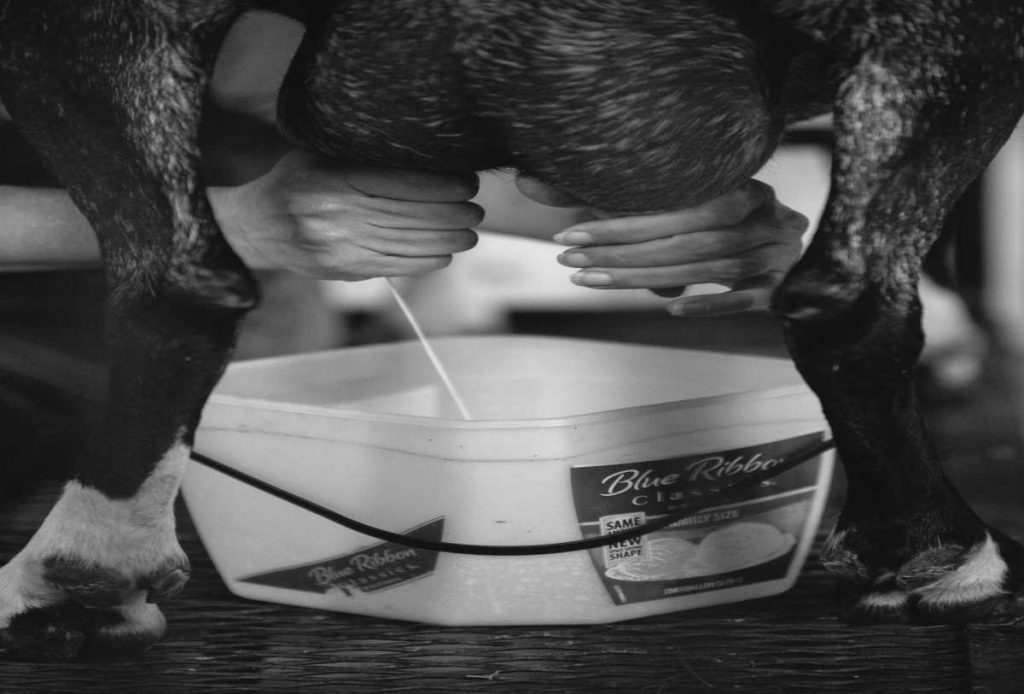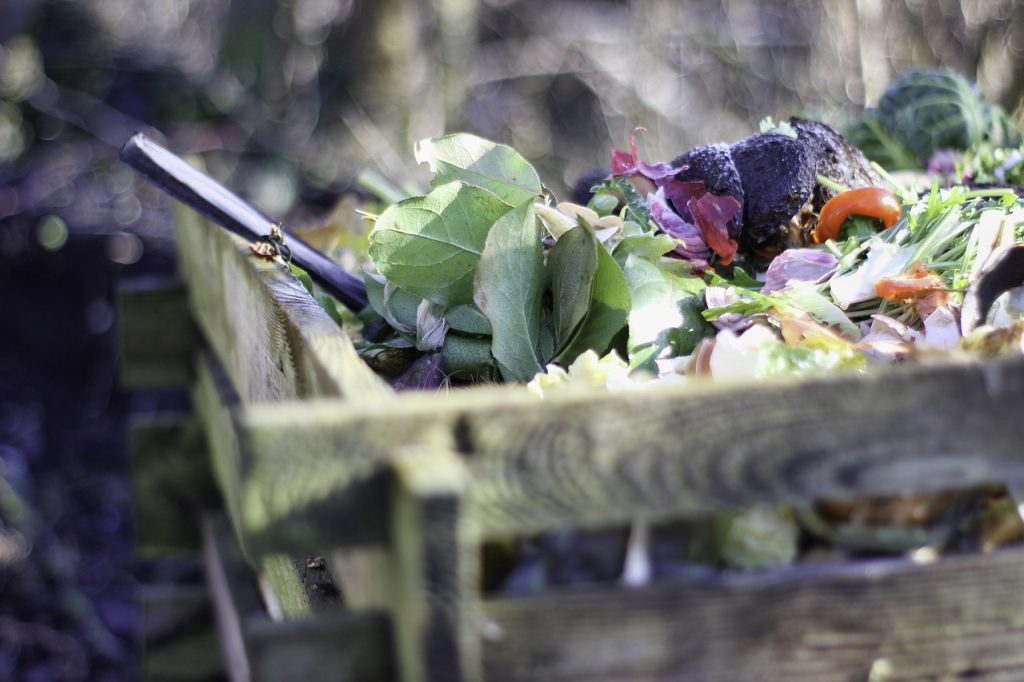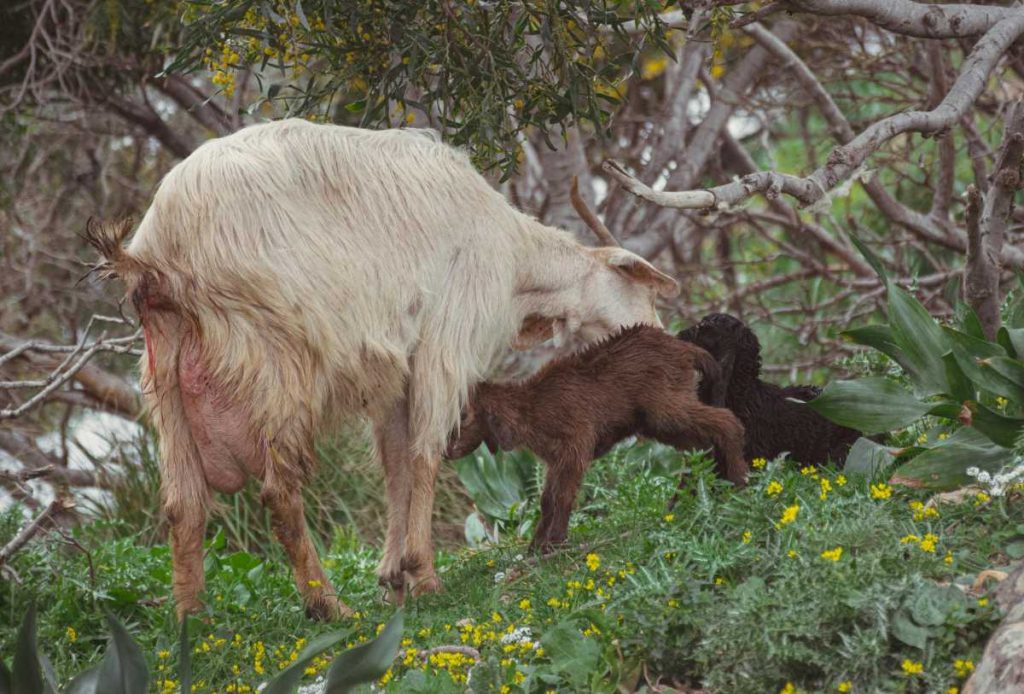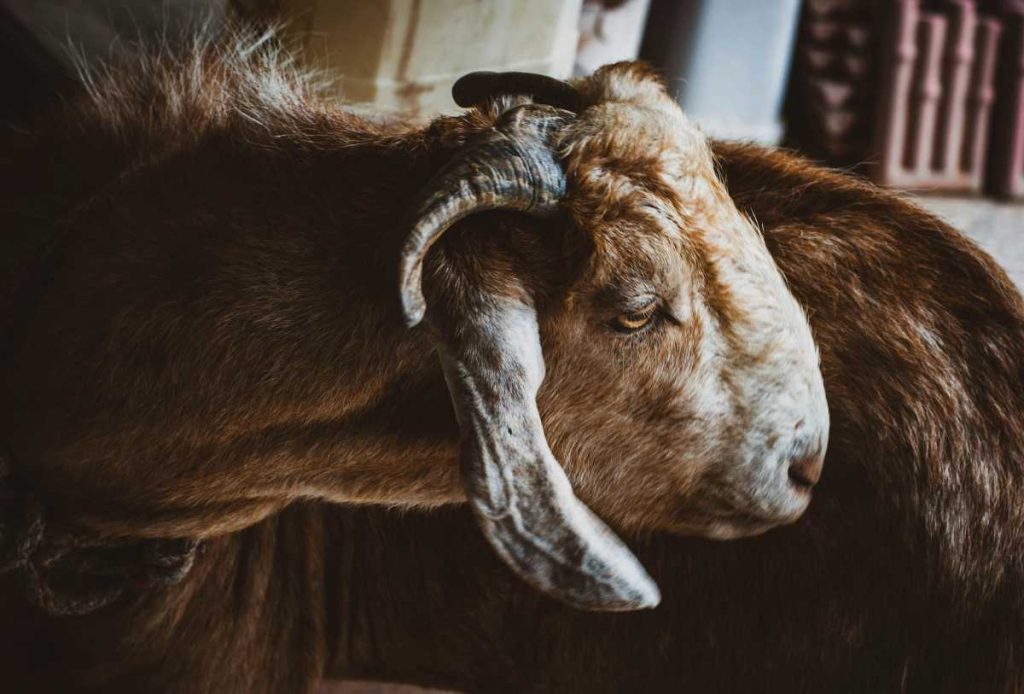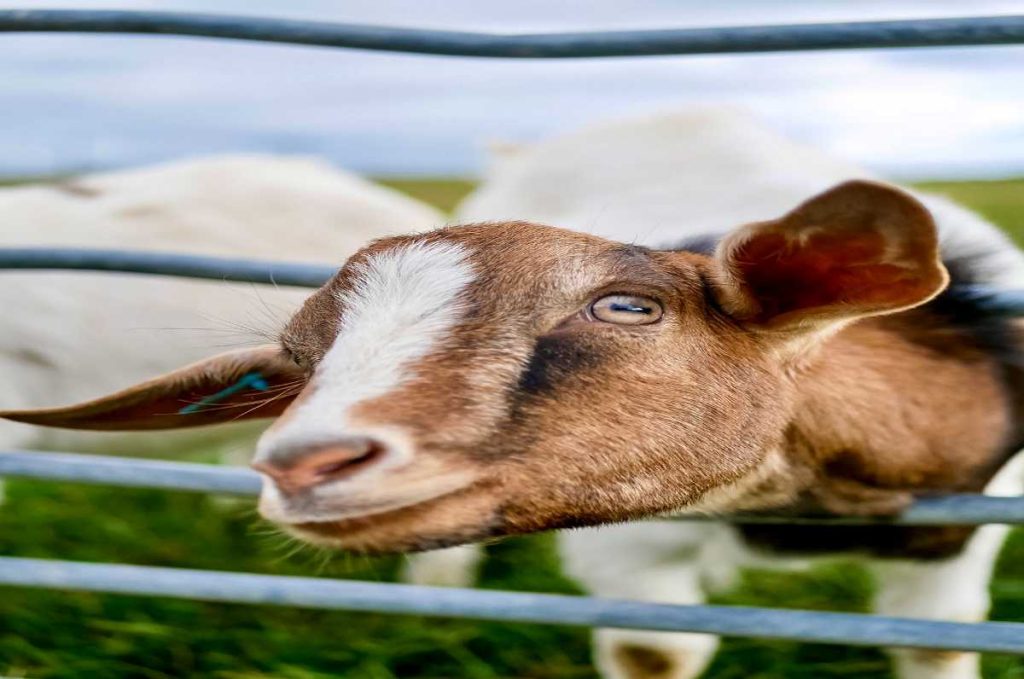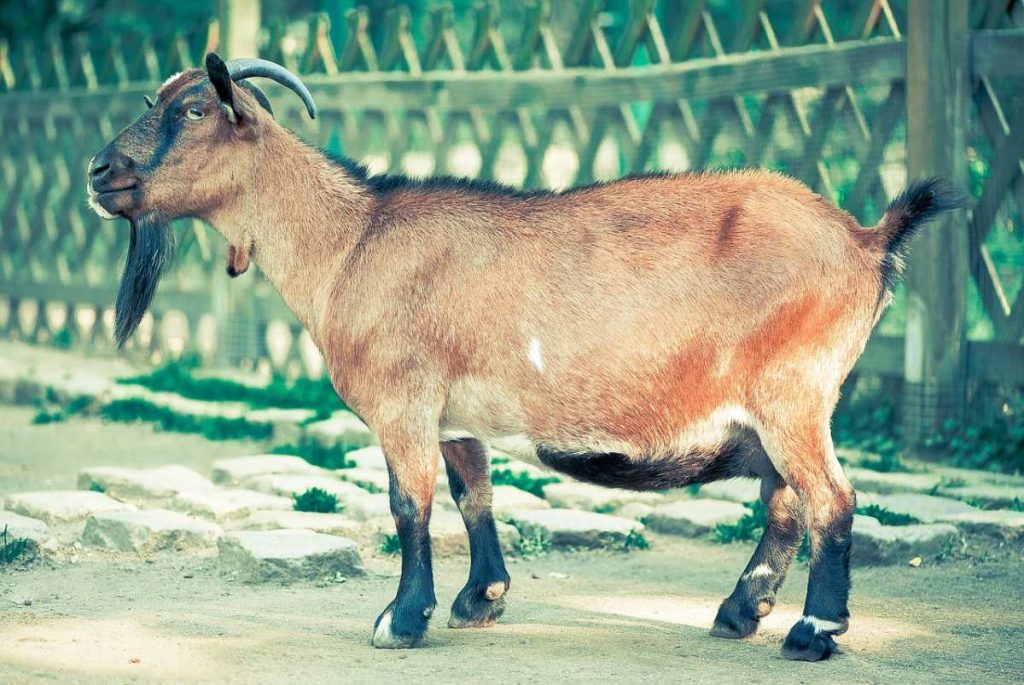Living in a tiny city apartment doesn’t mean you have to miss out on the benefits of composting. Even without a backyard, you can reduce waste and create nutrient-rich compost for plants using clever and space-saving techniques. Here are 8 creative ways to compost in your urban living space.
1. Countertop Compost Bin
A countertop compost bin is a perfect solution for those with minimal space. These compact bins are designed to store food scraps temporarily before transferring them to a larger compost system. Many models include carbon filters to eliminate odors.
How It Works:
- Collect fruit peels, coffee grounds, and vegetable scraps.
- Empty the bin weekly into a communal compost system, a local drop-off point, or a larger at-home composting method.
Pro Tip: Look for bins with biodegradable liners to make cleanup easier.
2. Vermicomposting (Worm Composting)
Vermicomposting uses red worms to break down food scraps into rich compost. Worm bins are compact, making them ideal for apartments, and they are virtually odor-free when maintained properly.
How It Works:
- Set up a worm bin with bedding like shredded paper or coconut coir.
- Add red wigglers and feed them kitchen scraps like fruit and vegetable peels.
- Harvest worm castings (compost) every few months for your plants.
Pro Tip: Keep the bin in a cool, dark place, like under the sink, and avoid adding meat, dairy, or oily foods.
3. Bokashi Composting
Bokashi is a Japanese composting method that uses beneficial microbes to ferment food scraps, including meat and dairy. It’s a quick, odor-free option for apartment dwellers.
How It Works:
- Add food scraps to a sealed Bokashi bucket and sprinkle with Bokashi bran.
- Repeat until the bucket is full, then let it ferment for 2 weeks.
- Bury the fermented scraps in soil or add them to an outdoor compost system.
Pro Tip: The liquid byproduct, often called “Bokashi tea,” can be diluted and used as plant fertilizer.
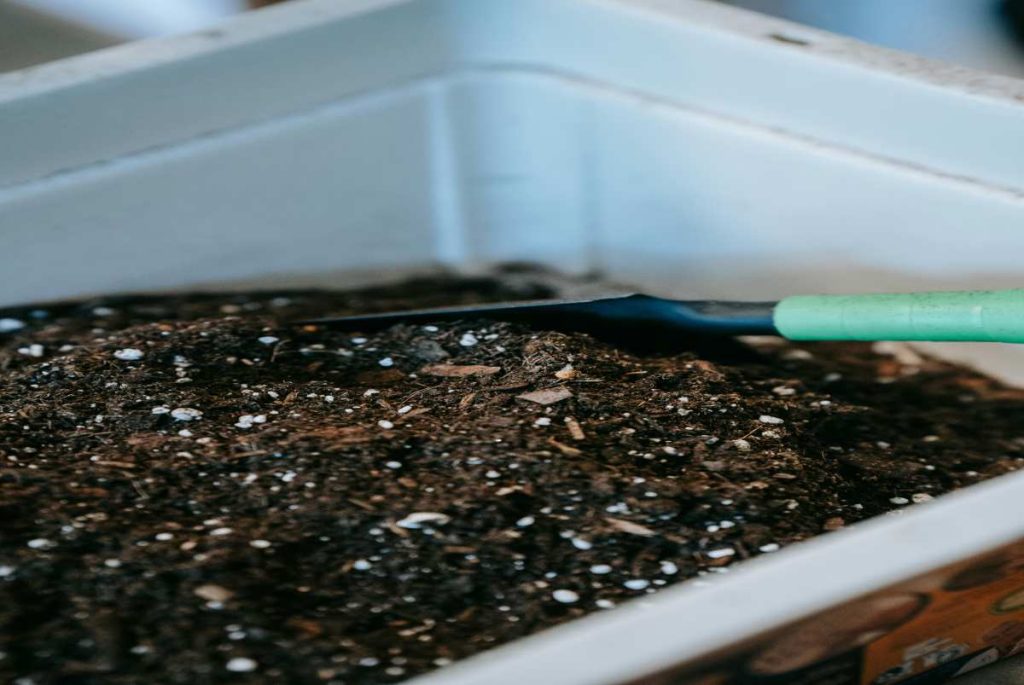
4. Freezer Compost Storage
If you’re short on time or space, freezing food scraps is a convenient way to store them until you can compost. Freezing also eliminates odors and prevents pests.
How It Works:
- Collect scraps in a reusable bag or container and store them in your freezer.
- Once full, take the frozen scraps to a local compost drop-off or community garden.
Pro Tip: Chop scraps into smaller pieces before freezing to save space and speed up decomposition later.
5. Indoor Compost Tumbler
For those with a bit more space, an indoor compost tumbler is a great option. These enclosed bins allow you to compost quickly and efficiently without worrying about odors or pests.
How It Works:
- Add greens (food scraps) and browns (shredded paper, dry leaves) to the tumbler.
- Turn the tumbler every few days to aerate the compost.
- Harvest finished compost in 4–6 weeks.
Pro Tip: Choose a tumbler with a compact design and odor-control features for apartment use.
6. Community Composting Programs
Many urban areas offer community composting initiatives where residents can drop off their food scraps for composting. This is an excellent option if you lack the space or resources for at-home composting.
How It Works:
- Collect your compostable waste in a container or bag.
- Find a local drop-off point, such as a farmers’ market, community garden, or municipal composting site.
Pro Tip: Check if your city provides composting bins or bags for free as part of waste reduction programs.
7. Balcony Composting
If you have a small balcony, you can set up an outdoor composting bin or use a planter for composting. Balcony composting allows you to create nutrient-rich soil while keeping the process out of your living space.
How It Works:
- Use a small compost bin or DIY one with a plastic container.
- Add layers of greens and browns, and stir occasionally to aerate.
- Use the compost for potted plants or balcony gardens.
Pro Tip: Place the bin in a shaded spot to prevent overheating during summer.
8. DIY Compost Jar
A compost jar is an ultra-compact option for small apartments. This method involves using a sealed glass or plastic jar to decompose food scraps.
How It Works:
- Fill a large jar with layers of greens and browns.
- Drill small holes in the lid for airflow, and shake the jar occasionally to mix contents.
- Use the compost when fully broken down.
Pro Tip: Keep the jar in a cool, dark place to prevent overheating and odors.
Conclusion
Composting in a tiny city apartment is easier than you might think, thanks to these creative solutions. From worm bins to community composting programs, there’s a method for everyone to turn food waste into nutrient-rich compost.
Start small, choose the method that fits your lifestyle, and enjoy the satisfaction of reducing waste and contributing to a greener planet.






